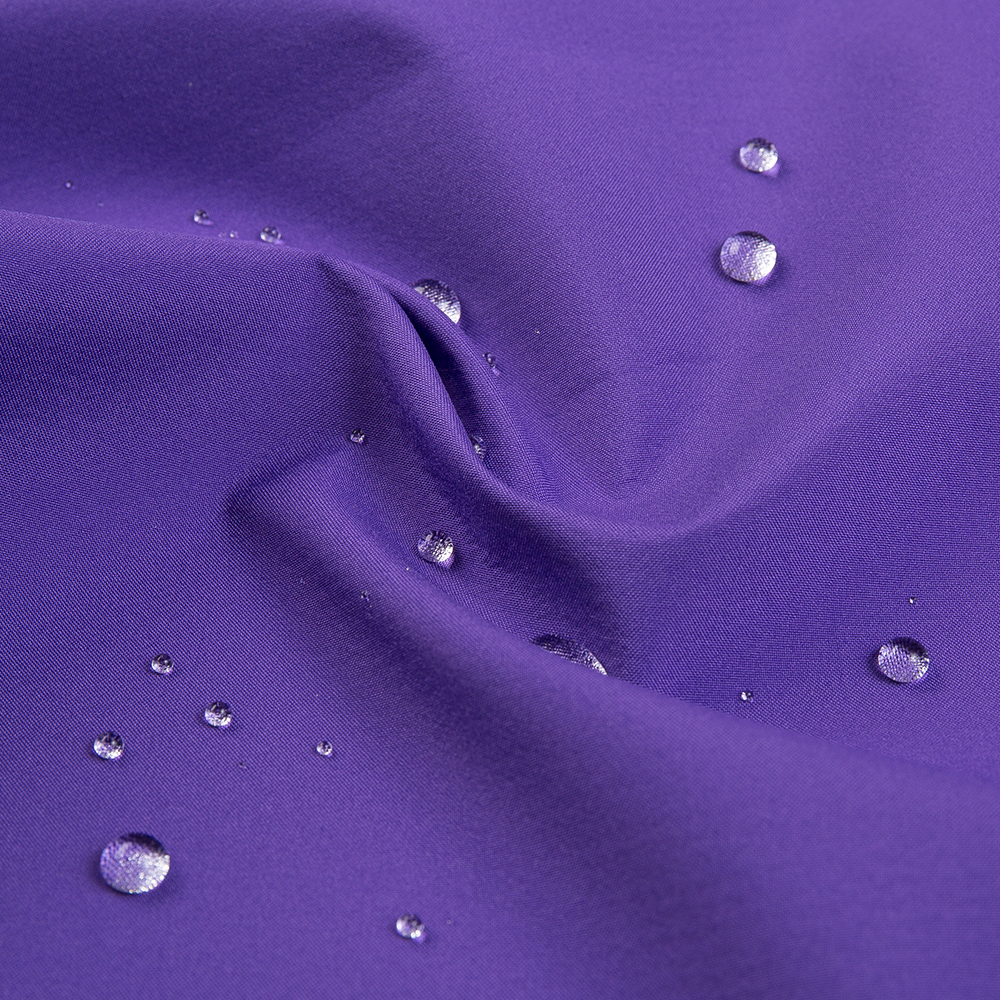Prepare cleaning tools: Use a neutral detergent or a special detergent specifically for outdoor clothing. Avoid using laundry detergents that contain bleach, stain removers, fabric softeners, conditioners, etc. that may damage the performance of your garments. Prepare a large basin or sink for soaking and washing garments.
Soaking and cleaning: Soak the garment in warm water not exceeding 40°C and add an appropriate amount of detergent. Stir the water gently to fully dissolve the detergent and distribute it evenly in the water. Gently press the garment into the water to allow it to fully soak. Do not rub or twist hard to avoid damaging the fabric and waterproof layer. If there are stubborn stains on the garment, you can use a soft-bristled brush to gently scrub.

Rinse: Rinse the garment with clean water several times to ensure that the detergent is completely rinsed away. Residual detergent may cause damage to clothing.
Dehydration and drying: Do not use a spin dryer or hand wring to avoid damaging the fabric and waterproof layer. You can lay the garment flat on a clean towel and gently roll the towel to absorb excess moisture.
Hang the garment in a cool, ventilated place to dry. Avoid direct sunlight and high temperature drying to avoid damaging the fabric and waterproof layer.
Waterproof layer restoration: If the waterproof performance of the garment has declined, consider using a waterproof restoration agent. Follow product instructions and make sure the garment is completely dry before use.
Note: Avoid washing hard-shell clothing with towels, sweaters and other items that are prone to pilling to prevent lint from sticking to the clothing. Do not use bleach or strong detergents as they may cause damage to the fabric. Check the care label on the garment to see if there are any specific washing requirements or recommendations before washing.
Storage: Try to hang garments when not being worn and avoid folding them to maintain their shape and performance.
If storage is required for a long time, make sure the garment is completely dry and placed in a dry and ventilated place.
By following these cleaning and care recommendations, you can extend the life of outdoor clothing made from hardshell fabrics and maintain their waterproofing, breathability, and other properties.











